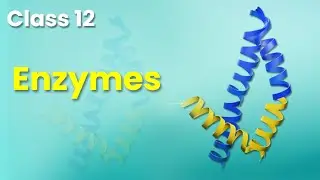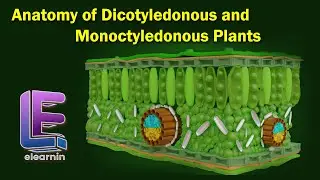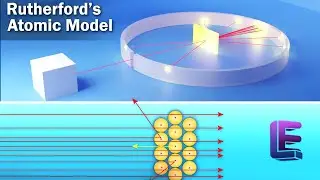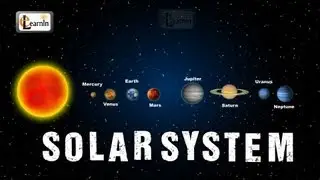Physics - Newton's corpuscular theory of light - Science
Sir Isaac Newton's corpuscular theory was one of the earliest scientific attempts at understanding the nature of light. Though it was originally set forward by Pierre Gassendi, it was Newton who had later developed and proposed the 'Corpuscular theory of light' way back in the middle of 17th century. After 100 years of existence, it later gave way to a more popular Huygens' wave front theory that could explain some limitations of Newton's corpuscular theory.
Newton's corpuscular theory of light states that:
• Light consists of CORPUSCLES which are a stream of discrete, tiny, light and perfectly elastic particles.
• Every luminous source like Sun, or a lamp, or a candle emits these corpuscles.
• These corpuscles travel in straight lines in all possible directions
• The rate at which these corpuscles travel may differ depending on the medium in which they disperse.
• The vision of human beings is a consequence of these corpuscles falling on the retina of eyes.
• Various colors of light are due to the difference in sizes of these corpuscles.
These corpuscles could perfectly explain the concepts of reflection and refraction of light.





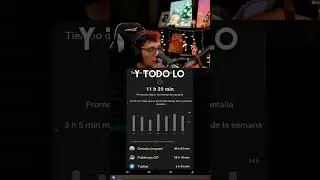
![Gangsta's paradise - SX18 Eden: Bounty - Gate 6 lvl entrance - 670 UaO vs 579 goW [Rise of castles]](https://images.videosashka.com/watch/nBwtVbFucj8)



